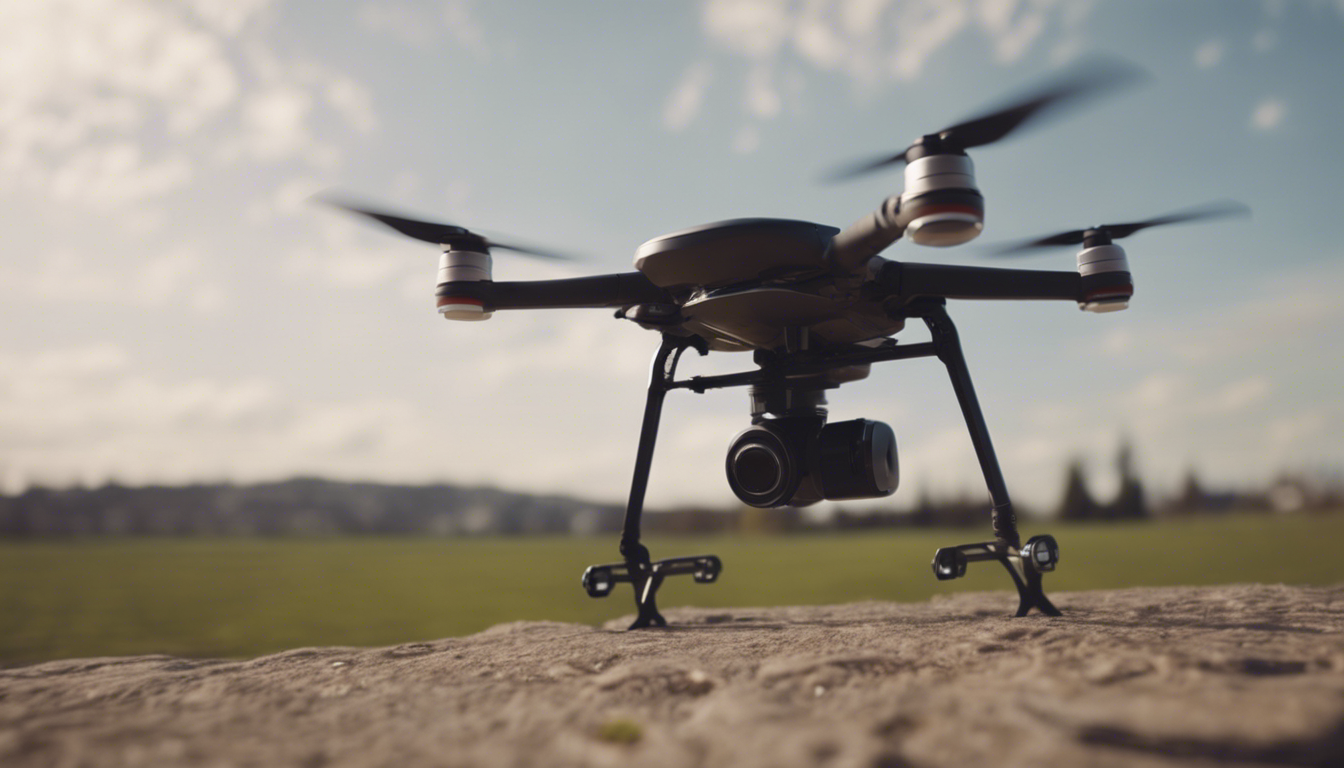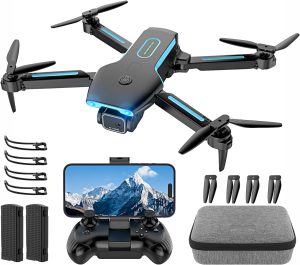
Consumer drones have undergone a remarkable evolution in the modern era, revolutionizing various industries and capturing the imagination of hobbyists worldwide. These unmanned aerial vehicles (UAVs) have come a long way, with advancements in technology and design transforming them into highly capable devices that are both accessible and versatile.
The Early Days
The roots of consumer drones can be traced back to the first remote-controlled aircraft developed in the early 20th century. However, it wasn’t until the past decade that drones truly took off in terms of popularity and affordability.
In the early days, consumer drones were relatively simple, often little more than toys equipped with basic cameras and limited flight capabilities. These early models required significant piloting skills and were primarily used by enthusiasts for aerial photography or videography.
Advancements in Technology
As technology progressed, so did consumer drones. One of the significant breakthroughs was the introduction of GPS technology, which greatly enhanced their stability, maneuverability, and safety. GPS-enabled drones could now hover autonomously and maintain their position, making them much easier to control for beginners.
Furthermore, the miniaturization of electronic components played an important role in the evolution of consumer drones. Smaller and lighter cameras, along with advances in battery technology, enabled drones to fly longer and capture high-quality footage. This, coupled with improved stabilization systems and obstacle avoidance sensors, made consumer drones more user-friendly and reliable.
Applications Beyond Hobby
While consumer drones started as toys for hobbyists, their potential applications expanded rapidly across various industries. A notable example is aerial photography and videography. Drones equipped with high-resolution cameras have revolutionized these fields by providing unique perspectives that were previously only accessible from helicopters or cranes.
Consumer drones also found applications in agriculture, allowing farmers to monitor crops and identify potential issues such as irrigation problems or pest infestations. Likewise, in the construction industry, drones are used to survey construction sites, track progress, and inspect hard-to-reach areas more efficiently and safely.
Another area where consumer drones have made a significant impact is search and rescue operations. Equipped with thermal cameras and capable of covering large areas quickly, drones have proven invaluable in locating missing persons or providing aid to disaster-stricken regions.
Regulations and Safety Considerations
With the rapid advancement of consumer drones, regulations have been put in place to ensure their safe and responsible use. These regulations often include restrictions on flight altitude and locations, as well as mandatory registration and certification for certain models.
It is essential for drone enthusiasts to familiarize themselves with local regulations and fly responsibly to avoid endangering people or violating privacy rights. Additionally, being aware of airspace restrictions and potential hazards is important for safe drone piloting.
Choosing the Right Drone
When considering purchasing a consumer drone, it’s important to take several factors into account. First and foremost, determine your primary use case – whether it be aerial photography, racing, or simply recreational flying. This will help narrow down the features and specifications you should prioritize.
Budget is also an important consideration. Drones range in price from affordable entry-level models to high-end professional-grade devices. It’s important to find a balance between your requirements and budget.
Flight time, range, and camera quality are significant aspects to evaluate when selecting a drone. Additionally, consider the availability of spare parts and accessories, as well as the manufacturer’s reputation for customer support and software updates.
The Future of Consumer Drones
The evolution of consumer drones shows no signs of slowing down. As technology continues to advance, we can expect even more impressive features and capabilities in future models.
One area that holds considerable promise is the integration of artificial intelligence (AI) and machine learning. AI-powered drones could autonomously navigate complex environments, perform advanced tasks, and respond to voice or gesture commands.
Furthermore, improvements in battery technology may significantly extend flight times, further enhancing the user experience. We can also anticipate advancements in safety features, such as enhanced obstacle avoidance systems and real-time air traffic monitoring.
